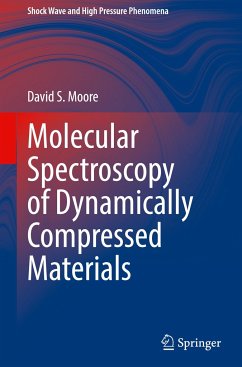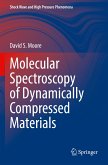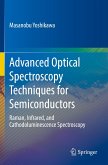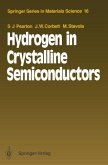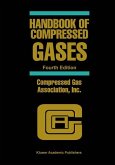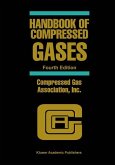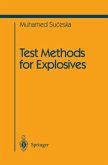This book offers historical and state-of-the-art molecular spectroscopy methods and applications in dynamic compression science, aimed at the upcoming generation in physical sciences involved in studies of materials at extremes. It begins with addressing the motivation for probing shock compressed molecular materials with spectroscopy and then reviews historical developments and the basics of the various spectroscopic methods that have been utilized. Introductory chapters are devoted to fundamentals of molecular spectroscopy, overviews of dynamic compression technologies, and diagnostics used to quantify the shock compression state during spectroscopy experiments. Subsequent chapters describe all the molecular spectroscopic methods used in shock compression research to date, including theory, experimental details for application to shocked materials, and difficulties that can be encountered. Each of these chapters also includes a section comparing static compression results. The last chapter offers an outlook for the future, which leads the next-generation readers to tackling persistent problems.

